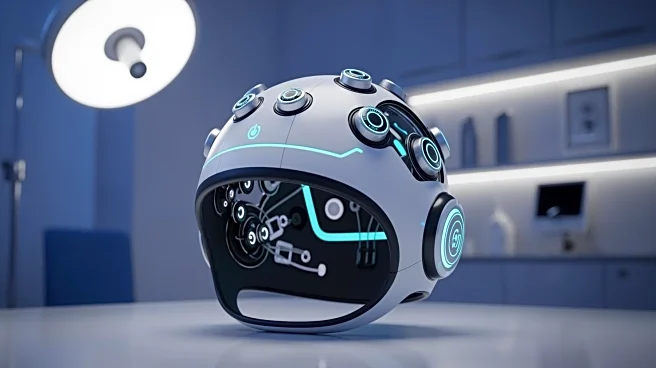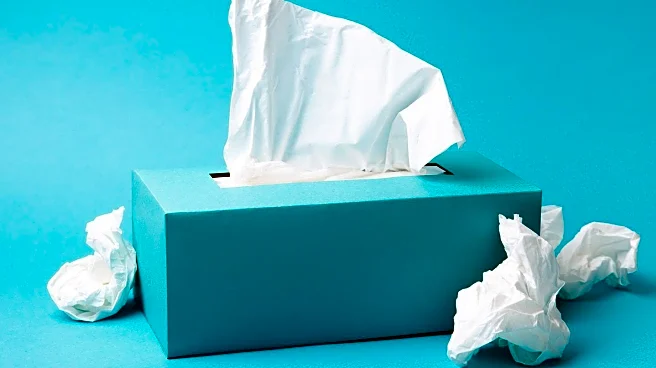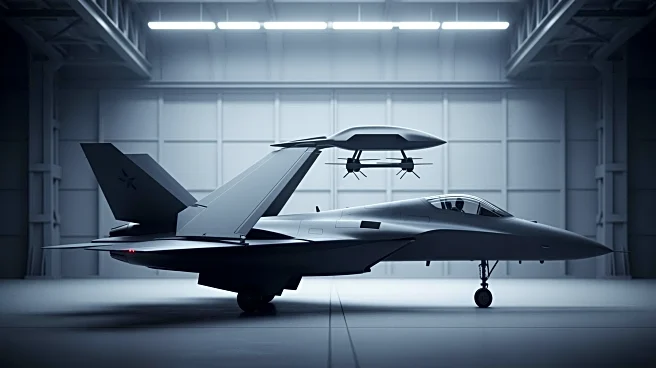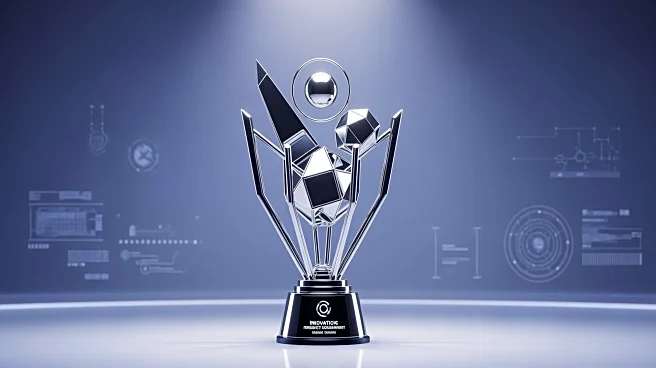What's Happening?
Researchers at the Rosie Maternity Hospital in Cambridge have developed a new technology resembling a 'swimming cap' that uses light and ultrasound to monitor brain activity in newborns. This innovative
device aims to improve diagnosis and care for conditions like cerebral palsy, epilepsy, and learning difficulties. The cap, part of the Fusion study, is the first to combine light sensors and functional ultrasound, providing a comprehensive view of brain function. It is portable, allowing for regular monitoring from the comfort of a baby's cot, and could be available in UK hospitals within the decade. The technology addresses the limitations of traditional MRI and cranial ultrasound scans, offering a more frequent and comfortable assessment method.
Why It's Important?
The development of this 'swimming cap' technology represents a significant advancement in neonatal care. Brain injuries in newborns can lead to lifelong disabilities, and early diagnosis is crucial for effective intervention. By enabling regular and detailed monitoring, this device could transform how brain injuries are detected and treated, potentially improving outcomes for affected infants. The technology's portability and ability to provide frequent assessments make it a powerful tool for early intervention, offering hope for families and healthcare providers dealing with developmental issues.
What's Next?
The Fusion study will continue to focus on babies at higher risk of brain damage, aiming to refine the technology and demonstrate its effectiveness. Researchers hope to roll out the device across the NHS within three to five years, pending successful trials and cost considerations. The technology could also serve as a screening tool to identify at-risk infants, enhancing early diagnosis and intervention strategies. Collaboration with healthcare providers and community therapists will be essential to ensure the technology's integration into neonatal care.
Beyond the Headlines
The introduction of this technology could lead to broader changes in neonatal care practices, emphasizing the importance of early and accurate diagnosis. It highlights the potential for innovative approaches to address complex health challenges, encouraging further research and development in medical technology. The device's success could inspire similar advancements in other areas of healthcare, promoting a shift towards more personalized and effective treatment options.











